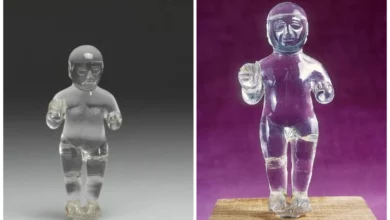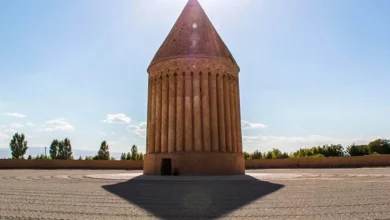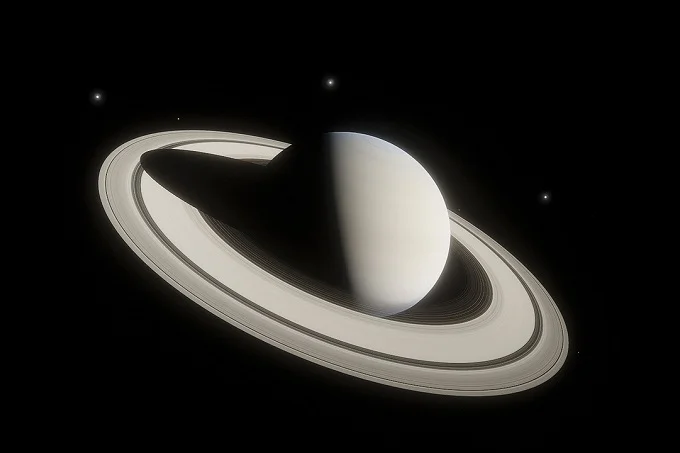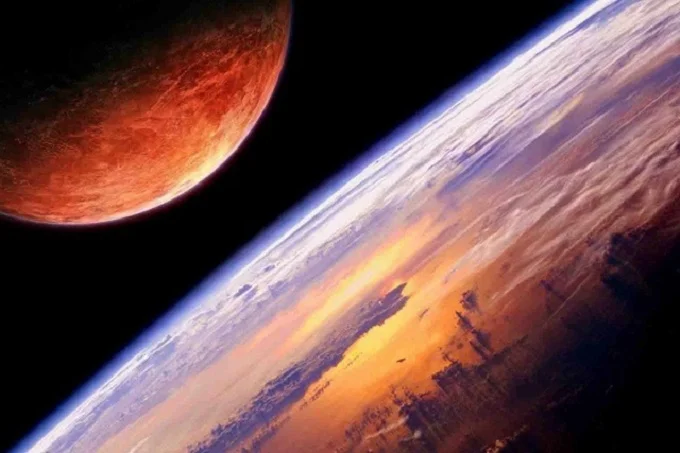Who created the solar system?
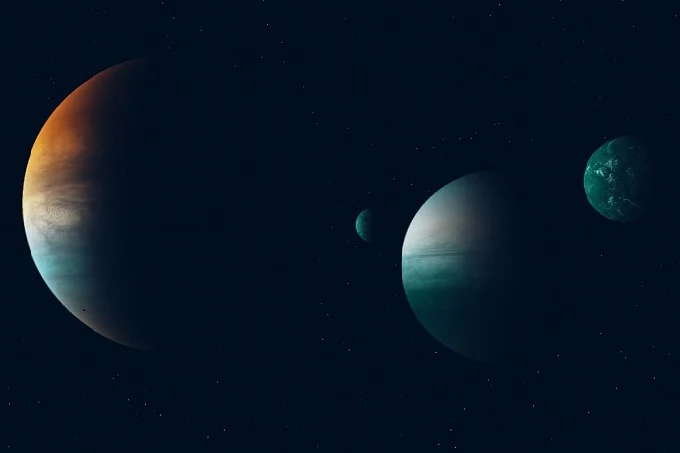
A few years ago, the question of how the Solar System was formed would have been answered by any average person, even if woken up in the middle of the night. A similar question posed to an astrophysicist would have generated a lecture listing several versions of the origin of the solar system.
But no one, even in the most terrible delirium, would ever dare to claim that some Higher Power artificially created our solar system. And yet today, a number of scientists are seriously considering this very version.
Dancing around a star
Traditional ideas about the structure of the solar system suddenly rocked and almost collapsed in early 2010. The culprit was the discovery of a planetary system, dubbed Kepler-33, which was discovered in the constellation of Cygnus by workers of the Astronomical Observatory at NASA. It would seem, where are we and where are they, what is the relationship? It turns out – the most direct.
The fact that celestial bodies of Kepler-33 turned out to be similar to the planets of our solar system in many ways. There was one serious difference: all the planets of Kepler-33 were lined up around their star, as if in rank! First came the largest planet, then a smaller one, and so on. Having been surprised by such a literally stencil arrangement of celestial bodies, scientists wrote down the planetary system of Kepler-33 as an anomaly, because the planets are located chaotically in the native Solar System.
The small planets closest to the Sun are Mercury, Venus and Earth, while the largest planets, Jupiter and Saturn, are located strictly in the middle. However, later, scientists have changed their minds – after a careful study of 146 other stellar systems, similar to our Solar System. It turned out that in each of them, the planets revolved around the star, as in Kepler-33, located precisely in descending order of size of the planets from the largest to the smallest.
Only our home solar system, with its disorderly arrangement of planets, stood out from the big picture. As a result, a number of scientists immediately suggested that the Sun and the planets around it are arranged in such an anomalous, as it turned out, in an artificial way. And it was done by a very caring hand.
Is Earth the center of the universe again?
As scientists continued their study of the solar system, they came to another strange conclusion. Although the planets of the solar system do revolve around the Sun, they all appear to be in a peculiar way aligned with the Earth. For example, Mercury is a surprisingly synchronous movement with the Earth, and once every 116 days, and even stands in a straight line with the Earth and the Sun, but always turns to the Earth by the same side.
Venus behaves in a similar incomprehensible way. Venus, like Mercury, also once every 584 days approaches the Earth at the closest distance, but always turns to us with the same side. Venus generally behaves very “indecent”: while all the planets in the solar system rotate clockwise, it rotates in the opposite direction. The question “why?” is still unanswered.
The sinister mystery of Jupiter
However, of all the planets in the solar system, the most amazing astrophysicists think Jupiter, which logically would simply not form where it is now. It is he, as it turns out, and brings disharmony to the arrangement of the planets of the solar system. The question of who or what placed it in this place in outer space also remains open to this day.
Certainly, the official science will immediately bring some quite official versions, satisfying the scientific world of the origin of such an anomalous location of the planets of the solar system… But what is the use? After all, almost a hundred and fifty planetary systems were formed quite differently!
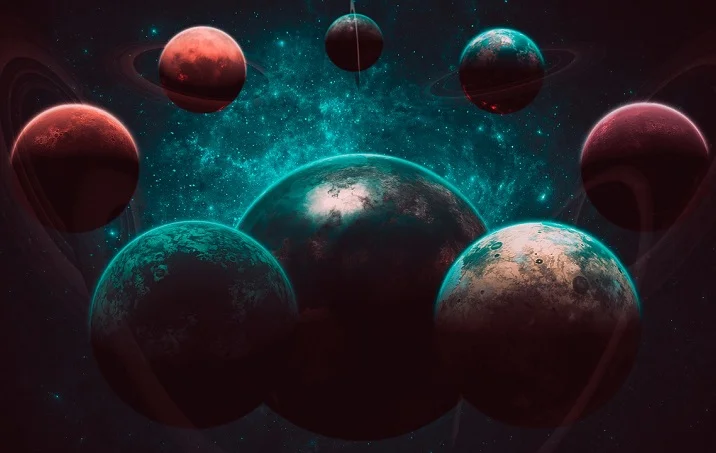
So maybe some forces really chose the Earth for their own experiment? This fantastic, at first glance, version holds quite serious scientists, including many times expressed in the press his opinion about the anomalous location of the planets of the solar system, head of the Laboratory of the Physics of Planets of the Institute for Cosmic Research RAS doctor of physical – mathematical sciences Leonid Ksanfomaliti.
Sun, where is your sister?
Astrophysicists consider the absence of a second star in the solar system to be no less serious anomaly. Yes, exactly the second! It turns out that the vast majority of planetary systems like our Solar System has two stars, and only we have just one. However, some scientists are inclined to believe that there was a second star, but then, because of the fission, it was transformed into a planetary system.
And today, this former star bears the name… Jupiter. And a number of American astronomers believe that the second star still exists – allegedly, it is the legendary Nemesis, which makes a revolution around the Sun in 12 thousand years. Thus, it is this version that the American astrophysicists Walter Cruttenden, Richard Mueller, as well as Daniel Whitmire, lean toward in the pages of Physorg magazine.
Exactly forty years ago, the Soviet scientist Kirill Butusov published his paper “Symmetry Properties of the Solar System. In it, he scientifically substantiated the existence of absolute symmetry in the solar system. For example: Jupiter – Saturn, Neptune – Uranus, Earth – Venus, Mars – Mercury. The scientist also assumed the presence of a second star in the solar system.
However, what modern scientists are now trying to calculate and then discover in practice, has long been known to ancient civilizations of the Earth, apparently, even observed the second luminary in the firmament. About this fact says a lot of ancient rock paintings and petroglyphs around the world, depict the second star next to the Sun.
In world mythology, it was named Typhon, and its description is similar to the classic neutron star. Its image can be found near the ancient astronomical observatory at Mount Sevsar in Armenia. The pictograph clearly shows the trajectory of an unusual stellar body, which resembles a star, near the Sun. Similar drawings are on Sanaa and San Emidio.
And in all the drawings, scattered around the world, the neutron star, flying past the Sun, throws a “lump” of matter – a protuberance in its direction. Since the protuberance’s tongue somewhat resembles a snake, ancient artists liked to depict it as a dragon fighting with the bogatyr-god personifying the Sun. Similar drawings are found in Scotland, on Egyptian frescoes, in Australia, Mexico – in short, all over the Earth, where ancient civilizations once lived.
Is the solar system a space cab?
Today it is impossible to answer unequivocally the question of whether the solar system was artificially created or not. However, we can assume that there is some force in the world, capable of arranging the planets as it sees fit. And in favor of this version is the same hypothetical protuberance, released toward the Sun by a passing star, so often found in rock art.
If we assume that this was not a star, but an artificial object, everything falls into place. After all, back in 1948, Fred Zwicky argued that entire star systems could be moved around in space by dropping powerful thermonuclear bombs on them. The large mass of the star would then keep its planets near the luminary, but allow them to move through space with all their inhabitants. Who knows, perhaps someday mankind will have to use a similar way of moving around the universe.
Today, when enthusiastic researchers are on the heels of the professionals, and the exchange and dissemination of information thank to the Internet is no longer a problem, we can hope that in the very near future, humanity will still get an answer to the question of how the solar system was created.

